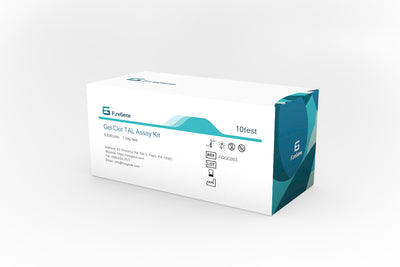LAL Gel Clot Assays for Endotoxin Detection
April 29, 2025 | News | No Comments

# LAL Gel Clot Assays for Endotoxin Detection
Introduction to LAL Gel Clot Assays
The Limulus Amebocyte Lysate (LAL) Gel Clot Assay is one of the most widely used methods for detecting endotoxins in pharmaceutical products, medical devices, and other materials. This biological test relies on the unique clotting reaction of horseshoe crab blood when exposed to bacterial endotoxins.
How LAL Gel Clot Assays Work
The principle behind LAL Gel Clot Assays is based on the natural defense mechanism of the horseshoe crab (Limulus polyphemus). When endotoxins from Gram-negative bacteria come into contact with the crab’s blood cells (amebocytes), a cascade of enzymatic reactions occurs, resulting in the formation of a gel clot.
The assay procedure involves:
- Mixing the test sample with LAL reagent
- Incubating the mixture at a controlled temperature (typically 37°C)
- Observing for clot formation after a specified time period
Advantages of Gel Clot Assays
LAL Gel Clot Assays offer several benefits for endotoxin detection:
- Simplicity: The visual endpoint makes interpretation straightforward
- Cost-effectiveness: Requires minimal equipment compared to other LAL methods
- Specificity: Highly specific for bacterial endotoxins
- Regulatory acceptance: Recognized by pharmacopeias worldwide
Comparison with Other LAL Methods
While Gel Clot Assays are valuable, they differ from other LAL-based methods:
| Method | Sensitivity | Quantification | Equipment Needs |
|---|---|---|---|
| Gel Clot | Moderate | Semi-quantitative | Minimal |
| Chromogenic | High | Quantitative | Spectrophotometer |
| Turbidimetric | High | Quantitative | Spectrophotometer |
Applications in Pharmaceutical Industry
LAL Gel Clot Assays play a critical role in:
- Quality control of parenteral drugs
- Medical device testing
- Raw material screening
- Process water monitoring
- Validation of depyrogenation processes
Regulatory Considerations
Pharmaceutical manufacturers must comply with endotoxin testing requirements outlined in:
- United States Pharmacopeia (USP)
- European Pharmacopoeia (EP) 2.6.14
- Japanese Pharmacopoeia (JP) 4.01
Limitations and Challenges
While valuable, Gel Clot Assays have some limitations:
- Subjective interpretation of clot formation
- Limited quantitative capability
- Potential for false positives from interfering substances
- Requirement for trained personnel
Future Perspectives
As the




